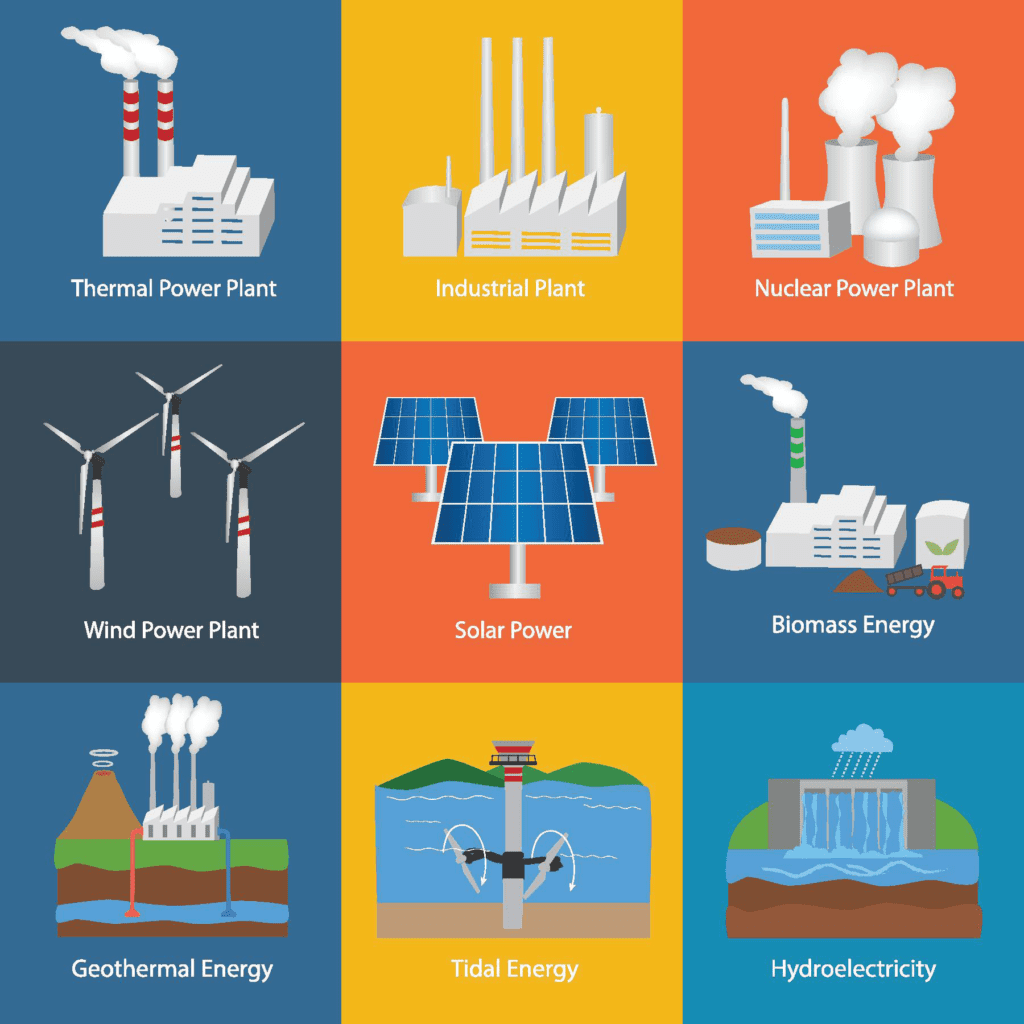Valves control and contain pressure and flow, release gases, and prevent leakages or backflow. They also minimize energy consumption and reduce carbon footprint. Recent improvements in ball valve technology have maximized energy conservation. However, the valve manufacturing industry is still improving in the face of the worldwide energy transition.
By Gilbert and Jason Welsford, edited by Ryan Driscoll
Currently, fossil fuels are the primary energy providers worldwide. The future, however, has a different face. According to IRENA (International Renewable Energy Agency), modern bioenergy, green energy, and renewable power will dominate world energy by 2050. This is because these alternative energy sources are cheaper, healthier for humans, and safer for the environment than fossil fuels. In fact, the European Parliament recently tabled a bill that accelerates the deployment of renewable energy to reduce over-dependence on fossil fuels to meet the union’s energy objectives by 2030.
Valve suppliers depend on the energy sector for demand for their products as valve units have long been designed for use in fossil fuel environments. In response to the energy transition, valve manufacturers and suppliers have therefore shifted to meet the needs of their target market and moved to clean energy. Although there are several design implications to keep in mind for these new valves, the valve industry has focused on the three main areas in which they will drive their contribution to the energy transition.
Geothermal Energy Processes
In geothermal energy, steam flows from underground valves that are crucial to the safety and efficiency of the operation. Using the wrong valves can cause pumps to overheat or trigger damage in the reheater tubes, turbine blades, and/or superheater tubes. The standard geothermal processes that use different types of valves include:
- Dry steam process: Steam is converted into usable energy through turbines or steam generators.
- Flash steam process: Surface-level generators and highly pressurized water between 182°C -204°C generate electricity.
- Binary cycle process: A plant uses a water or steam reservoir and turbines running on a working fluid to generate electricity.

The valves meant for the listed geothermal energy processes need to have high degrees of heat resistance. These valves should also withstand the highly corrosive environments to which they will be exposed owing to the pH factor of the media and contact with loosened soil containing silica and abrasives. Although these aspects significantly increase the costs of valves, they ensure that valves used in geothermal energy processes will be durable and reliable.
Hydrogen Energy
Hydrogen is a tasteless, odorless, and colorless gas that can react or even explode when mixed with the gases of ambient air in relevant concentrations. Currently, hydrogen is used in gas purification, aerospace, heat-tracing, welding, and semi-conductor manufacturing industries, but more industries are taking an interest in this green energy alternative.
Some of the challenges of using hydrogen are that in its liquid state, the gas has low temperatures, requires specialized material, and is highly combustible. As such, manufacturers should keep several specifications in mind for the valves used in hydrogen applications. For example, these valves should have highly effective containment properties because even a small burr in the valve’s seal can cause an explosion. A specialized quarter-turn flow control device like a gas ball valve that offers better shut off and sealing than a conventional ball valve might be the answer in this case. It also has live-loaded packing glands versus standard packing configurations.
Moreover, with hydrogen energy, the quality control of all valves should be precise. Hydrogen has extreme temperatures and chemical structures that call for the right valve materials. As such, higher technology materials like Inconel and duplex, rather than carbon steel, which can become brittle when exposed to hydrogen atoms, are the choice materials. Nonetheless, it is important for operators to discuss their hydrogen application with a seasoned valve engineer beforehand so that the products selected utilize materials suited to the needs of the particular application.
Solar Thermal Power
Solar thermal power generation systems collect and then concentrate sunlight to generate the high temperatures necessary for electricity production. Most of these systems will use a ball valve, but all valves used here should withstand the hot oil that flows through them. These valves should have extended bonnets that will insulate them. The extended bonnets also guarantee the proper temperature control necessary to withstand the highly abrasive and corrosive molten salt used in solar thermal power generators. The extended bonnets also protect any activator from higher temperatures on the hot oils.
Solar thermal power generation systems are expected to last approximately thirty years and work in almost all environments. As such, valve manufacturers have taken steps to ensure their valves can handle the rigors in a wide range of particularly hostile environments, including deserts, frozen regions, and rainy areas, among others. The valves are thus resistant to threats like humidity, salt, rain, sand, and dirt that can destroy the standard valves used with fossil fuels. Therefore, for actuator selection, a NEMA-4X should be considered as the minimum.

Final Thoughts
Considering the information discussed above, it is important that the valve sector individual selecting the valves has chosen the necessary valve & actuator to ensure their products meet the application’s needs. It is crucial to consult a reputable dealer so that the valves work optimally.



